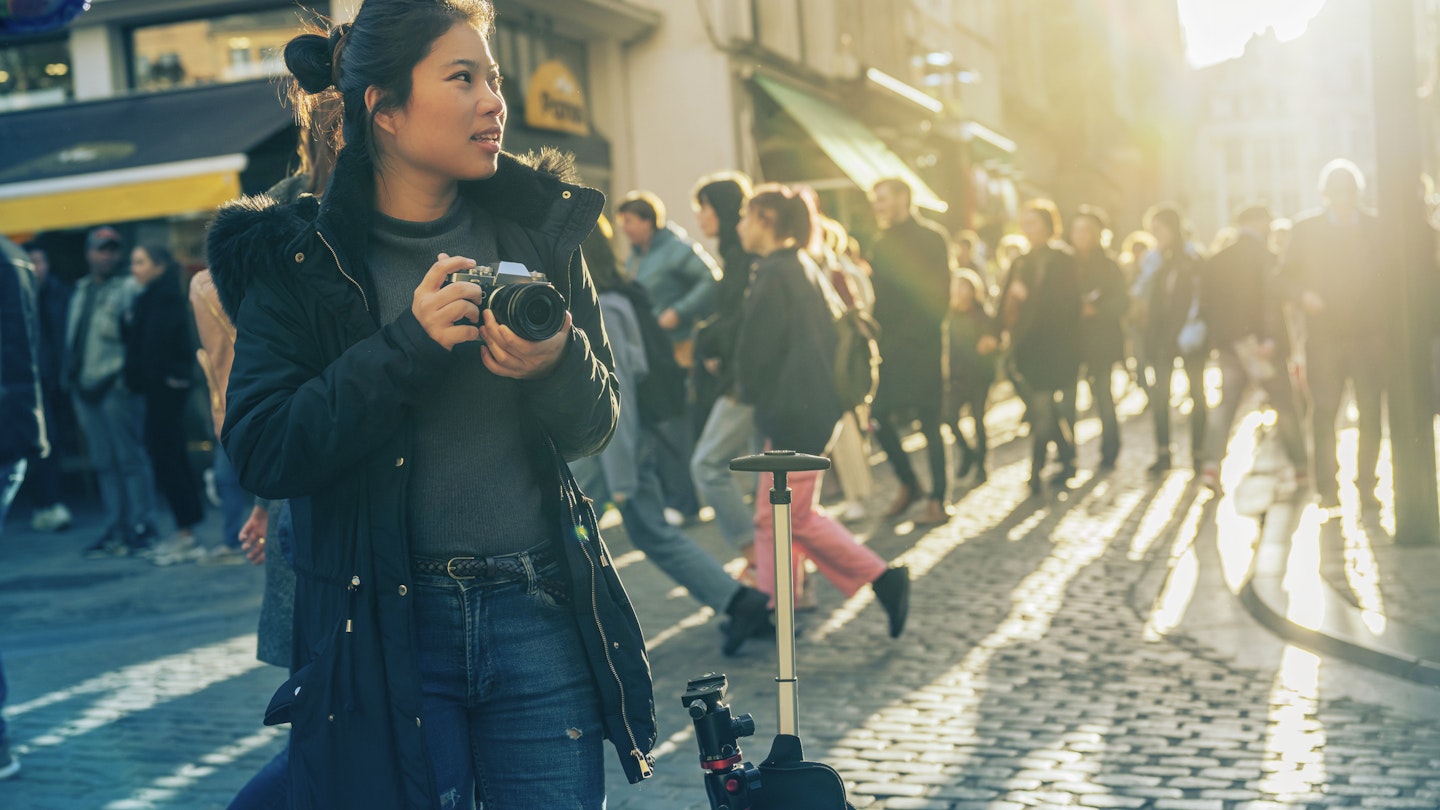Essential Travel Tips for Brussels
It’s been my honor and pleasure to call Brussels home for many years – the Belgian capital is a vibrant European hub that welcomes millions of visitors every year with open arms.
However, there are some insider tips about Belgian culture, and Brussels in particular, that will make your trip go a little more smoothly. Before you throw yourself gleefully into the chocolate and beer, let me share some of my favorite local advice for new visitors to Brussels.
1. Understanding the Two Brussels
Brussels is both a city and a region. There’s the city of Brussels proper and then 18 other towns (such as Ixelles, Anderlecht, Schaerbeek, Saint-Gilles or Molenbeek) that form the Brussels Capital Region, a component of the Belgium federal state. Each town has its own mayor and regulations. Locals often use the term “Brussels” interchangeably when discussing either the city or the region – if you’re confused, just ask them to clarify.
2. Verify Your Airport
Two airports serve Brussels: Brussels Airport and Brussels South Charleroi. Brussels Airport is the older and larger one, located in Zaventem, about 20 minutes away from the city center by train. Brussels South is in Charleroi, about an hour’s drive from Brussels, and is the main hub for low-cost carriers.
It’s common for travelers to mix up the two airports, often leading to missed flights. To avoid confusion, check your booking: the IATA code for Brussels Airport is BRU and CRL is for Brussels South.
3. Embrace Public Transport
Traffic in Brussels can be challenging, as the city ranks highly among the most congested urban areas in Europe. Many locals lament the lack of parking spaces and the high costs of garages.
Brussels operates as a Low Emission Zone, restricting older vehicles, so if you must drive, familiarize yourself with the regulations. Fortunately, the city center is very walkable, and the public transportation system is efficient. Opting for public transport can save you time and stress.
4. Utilize the Metro, Trams, and Buses
Public transport in Brussels is managed by STIB/MIVB, making it easy to navigate the city. Ticket vending machines are available at metro and main tram or bus stations. For single-ride tickets, you can use contactless payment options.
Most attractions, except for the Atomium, are within walking distance, rendering a day pass unnecessary unless you plan to explore various neighborhoods.
5. Consider Train Travel
One of Brussels’ best-kept secrets is the overground train system featuring 35 stations. This can often be a quicker option compared to trams or buses, particularly for distant areas. Be sure to purchase a ticket beforehand, as the STIB/MIVB route planner may not highlight this alternative effectively.
6. Plan Around Museum Hours
Many establishments, including museums and restaurants, close on Mondays, with some also observing closures on Tuesdays. To maximize your options for culture and dining, visiting during the latter part of the week is advisable.
7. Embrace the Bilingual Nature of Brussels
As Belgium’s capital, Brussels is officially bilingual. Road signs, advertisements, and announcements are presented in both French and Dutch, which may be confusing for newcomers. It’s beneficial to choose a language you are more comfortable with while remaining aware of dual naming for essential locations.
8. Carry Change for Bathroom Fees
Public toilets, referred to as “Madame/Monsieur Pipi,” are common in fast-food outlets, stations, and malls. A nominal fee, typically between €0.50 and €1, is required for use. Therefore, keeping some loose change on hand is advised, as they largely accept cash. A smile and thank you are appreciated!
9. Always Be Prepared for Rain
Brussels weather can be unpredictable. Even if the forecast appears favorable, rain can swiftly appear. It’s standard for locals to carry an umbrella or raincoat, ensuring you are prepared for any eventuality.
10. Know the Local Greeting Customs
When meeting people in Brussels, greeting customs can vary. Those from French-speaking backgrounds may greet with cheek kisses, whereas Flemish culture often opts for a handshake. When in doubt, a handshake is a safe choice.
11. Family-Friendly Bar Culture
In Brussels, it is common to see whole families in bars, with adults enjoying drinks while children play. Bars are social spots where the presence of children, as well as dogs, is welcomed. This reflects the inclusive nature of Belgian social culture.




